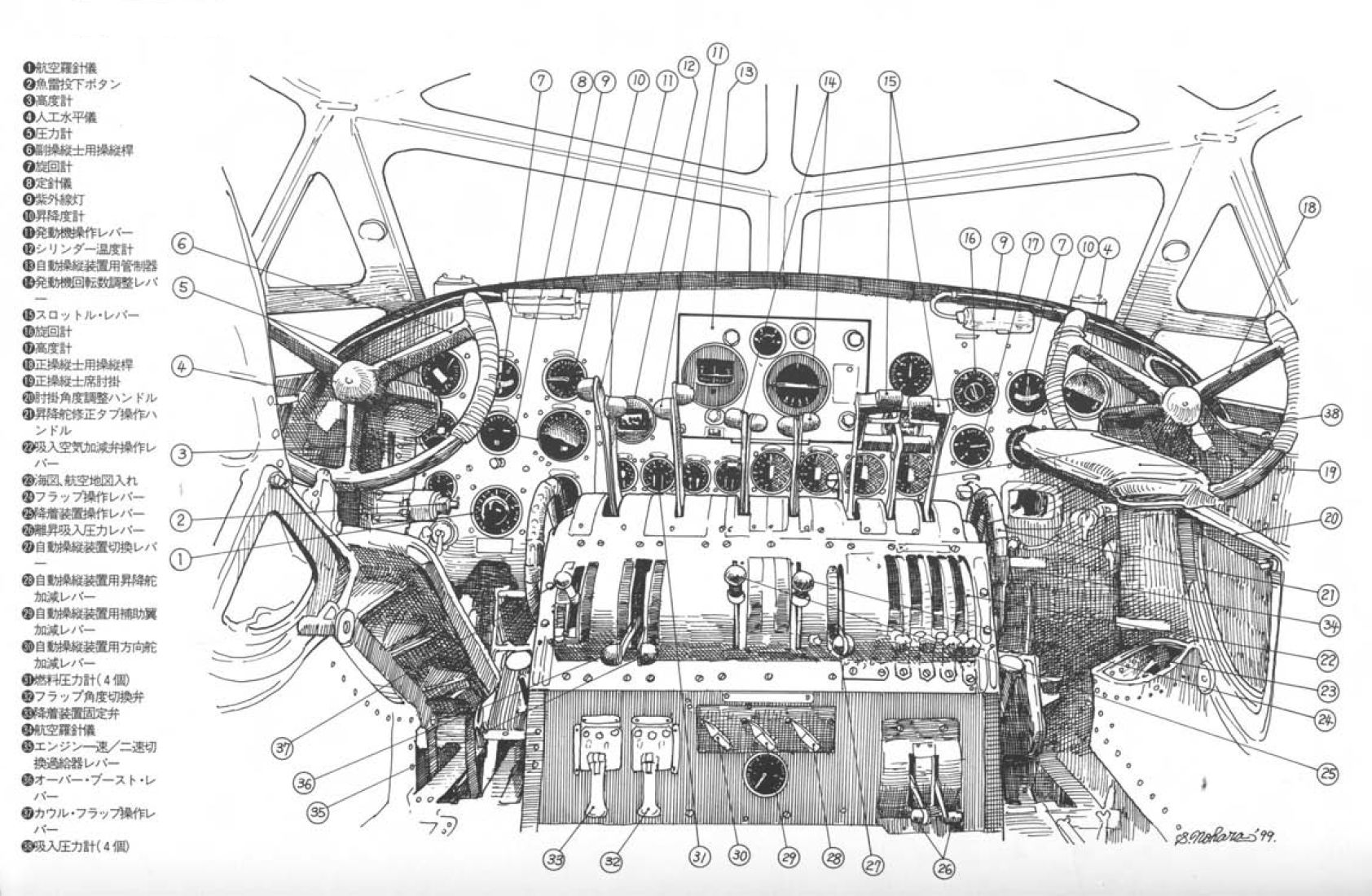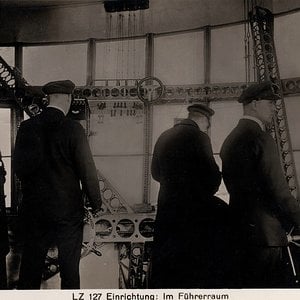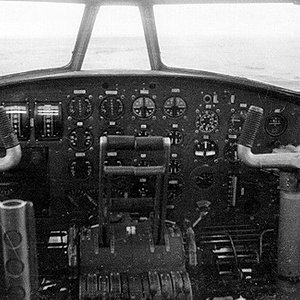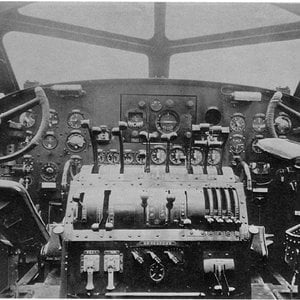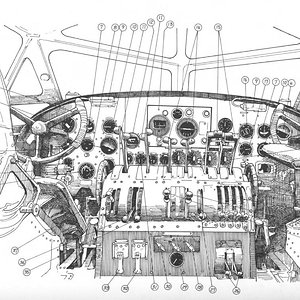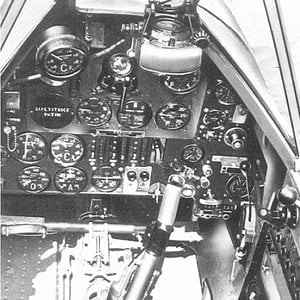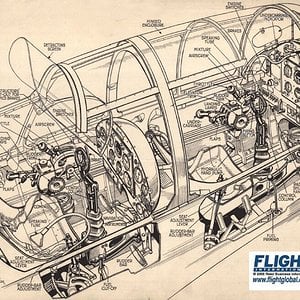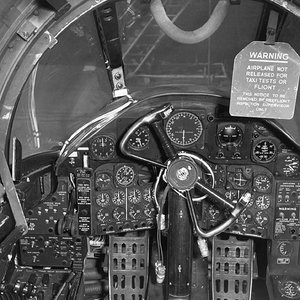Navigation
Install the app
How to install the app on iOS
Follow along with the video below to see how to install our site as a web app on your home screen.
Note: This feature may not be available in some browsers.
More options
You are using an out of date browser. It may not display this or other websites correctly.
You should upgrade or use an alternative browser.
You should upgrade or use an alternative browser.
The Nakajima G5N Shinzan originated due to the Imperial Japanese Navy's interest in developing a long-range attack bomber capable of carrying heavy loads of bombs or torpedoes a minimum distance of 3,000 nmi (5,600 km; 3,500 mi). To meet this requirement, it became apparent a four-engine lay-out would be necessary. As Japanese aircraft manufacturers lacked experience in building such large complex aircraft, the Navy was forced to search for a suitable existing foreign-made model upon which to base the new design. It settled on the American Douglas DC-4E airliner. In 1939 the sole prototype of this airliner (previously rejected by American airline companies) was purchased by Nippon Koku K.K. (Japan Airlines Co) and clandestinely handed over to the Nakajima Aircraft Company for dismantling and inspection.
The design that emerged from this study was for an all-metal mid-wing monoplane with fabric-covered control surfaces and powered by four 1,870 hp Nakajima NK7A Mamoru 11 air-cooled radial engines driving four-bladed propellers. Notable features included a long ventral bomb-bay, glazed nose and twin tailfins replacing the DC-4E's distinctive triple rudder. The DC-4E's retractable tricycle undercarriage was retained, as well as the original wing form and powerplant arrangement. Defensive armament comprised one 20mm Type 99 Model 1 cannon each in a power-operated dorsal and tail turret plus single-mount hand-operated 7.7mm Type 97 machine guns in the nose, ventral and beam positions.
The design that emerged from this study was for an all-metal mid-wing monoplane with fabric-covered control surfaces and powered by four 1,870 hp Nakajima NK7A Mamoru 11 air-cooled radial engines driving four-bladed propellers. Notable features included a long ventral bomb-bay, glazed nose and twin tailfins replacing the DC-4E's distinctive triple rudder. The DC-4E's retractable tricycle undercarriage was retained, as well as the original wing form and powerplant arrangement. Defensive armament comprised one 20mm Type 99 Model 1 cannon each in a power-operated dorsal and tail turret plus single-mount hand-operated 7.7mm Type 97 machine guns in the nose, ventral and beam positions.

